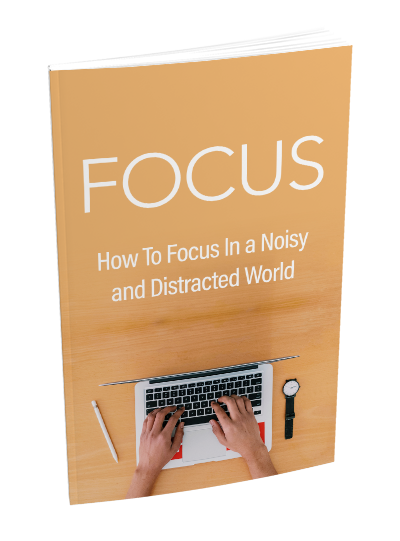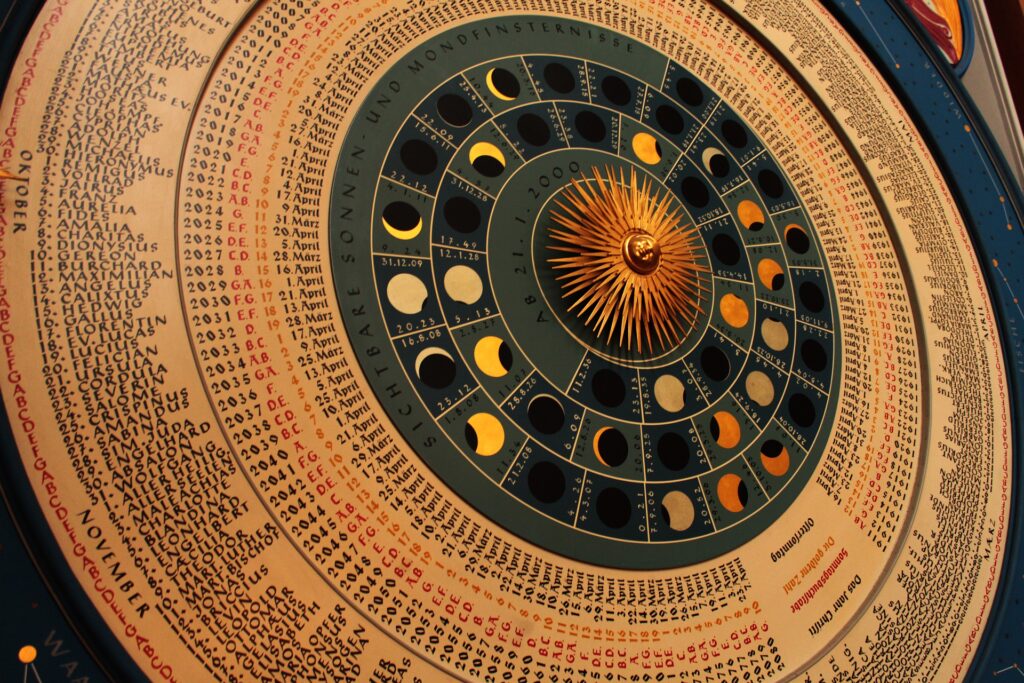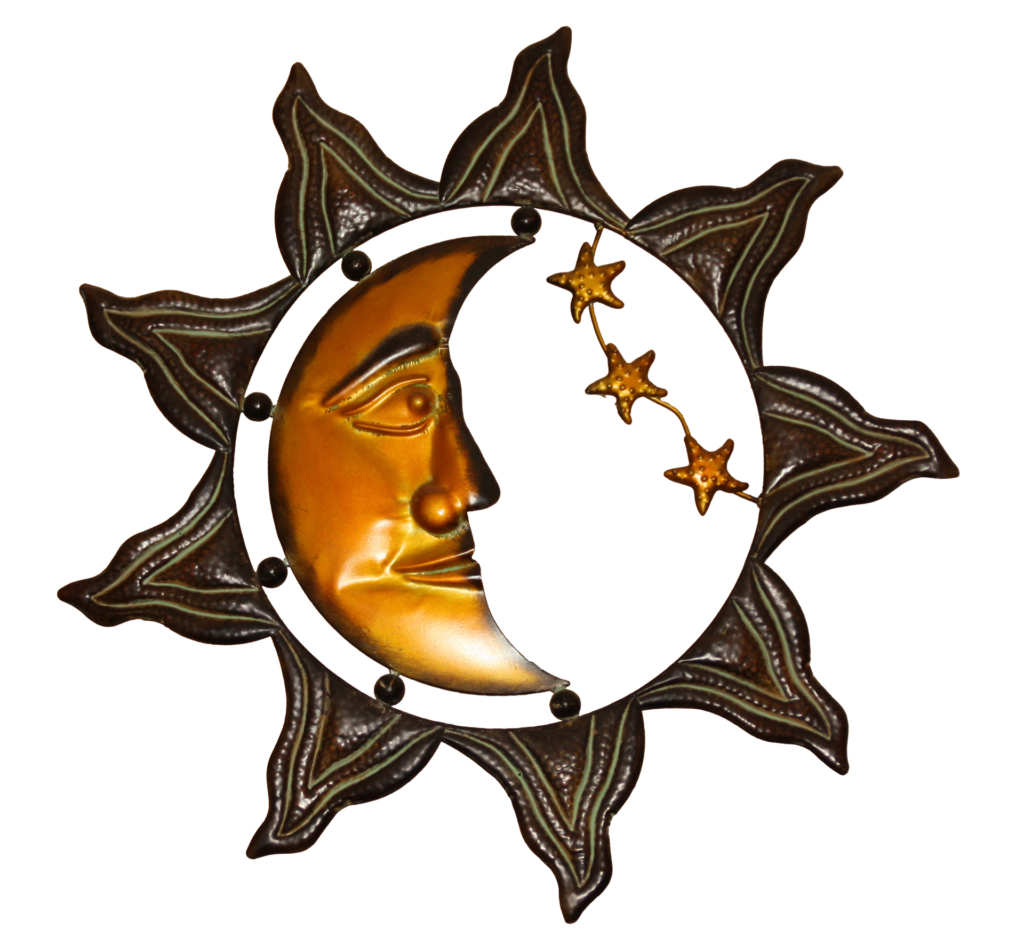Free Training & Career Tips... Subscribe to Get Weekly Career Tips

By Subscribing You are Agreeing to Terms and Conditions
Today is Tuesday, but also ‘Twos-day’, with all the twos falling together – 22 02 2022. Today’s date is also a palindrome day which means that the date can be read the same way backward or forwards and is also an ambigram day, which means that the date reads the same upside down. But, how do we know what day it really is if we follow a different calendar? We don’t use only one way to mark time, since there are actually 40 different calendars used around the world. Some countries and cultures use the Sun (solar) while others use the Moon (lunar) and others still use the Sun and the Moon (lunisolar) to mark the passing of time. Most countries and religions use solar years to calculate time, but the exception is the Hijri and Jewish calendars, which both use the cycles of the Moon.

Gregorian Calendar The Gregorian Calendar, which dates back to 1592, is the most popular calendar used in the world today. It was introduced by Pope Gregory XIII as a revision to the Julien Calendar. Its use spread throughout most of Europe for the next couple of hundred years before being adopted by Japan in 1873 and then finally rolled out to China, the Soviet Union, and Greece in the nineteen-hundreds. Balinese Pawukon Calendar
The Pawukon Calendar is one of two calendars used on the Indonesian Island of Bali. It is two hundred and ten days long with six thirty-five-day months. Many holidays in Bali are determined according to the Pawukon Calendar but some follow their lunar calendar which is known as the Saka Calendar and with twelve months consisting of twenty-nine to thirty days each, it is fairly similar to the Gregorian Calendar. Chinese Calendar While modern-day China follows the Gregorian Calendar, the traditional Chinese Calendar still governs the dates of significant Chinese holidays such as the Chinese Lantern Festival. The Chinese Calendar is a lunar calendar that consists of twelve months of 29 or 30 days that each begins on the first day of the New Moon. It is also used as a tool for choosing auspicious dates for weddings, moving, funerals, and starting new businesses.

Ethiopian Calendar Based on alternate calculations of the birth of Jesus Christ, if you happen to live in Ethiopia, you are literally 7 years behind! With the new year corresponding to the 11th/12th of September (depending on the leap year), according to the Ethiopian Calendar, we are in early 2015 right now. Hebrew or Jewish Calendar Like the Chinese Calendar, the Hebrew or Jewish Calendar is lunar with each month starting on the day of the New Moon. While many Jewish people outside of Israel have adopted the Gregorian Calendar, they do not use the abbreviations A.D. and B.C. A.D. means “the year of our Lord”, and since Jews do not believe that Jesus is Lord, they instead use the abbreviations C.E (Common or Christian Era) and B.C.E. (Before the Common Era). Islamic, Muslim or Hijri Calendar The start date of the Islamic Calendar is based on the Hegira, the Islamic Prophet Muhammad’s journey from Mecca to Medina. Like the Hebrew or Chinese Calendars, the Islamic Calendar is also lunar. In Muslim countries the Islamic Calendar is used mainly for religious reasons while the Gregorian Calendar is used for civil purposes.
Copyright text 2024 by Business Optimization Training Institute.